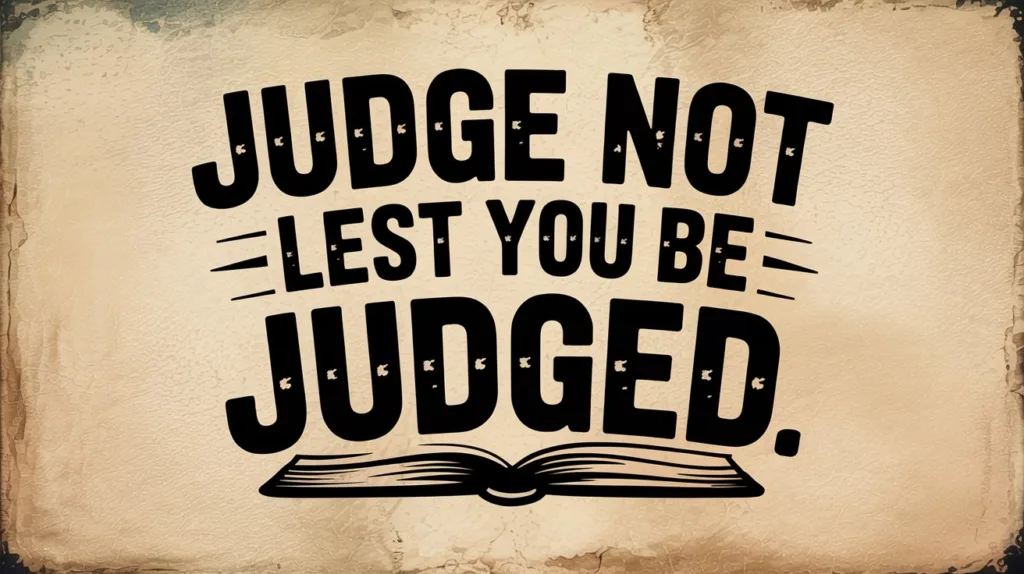The priestly breastplate was not just ceremonial clothing, it was a divine instrument. Commissioned by God Himself, the breastplate was part of the high priest’s holy garments, worn as he ministered before the Lord in the tabernacle. It symbolized both intercession and divine judgment, resting close to the priest’s heart as he stood on behalf of Israel.
“And you shall make the breastplate of judgment. Artistically woven according to the workmanship of the ephod you shall make it: of gold, blue, purple, and scarlet thread, and fine woven linen, you shall make it.”
(Exodus 28:15)
God calls it “the breastplate of judgment” because it was used in seeking His decisions and direction. The high priest was not a political figure, he was a holy mediator. And his garments had to reflect the weight of that responsibility.
How It Was Constructed
The breastplate was made of the same materials as the ephod: gold, blue, purple, scarlet thread, and fine linen (Exodus 28:15). It was square and doubled, measuring a span in length and width (about 9 inches by 9 inches).
“It shall be doubled into a square: a span shall be its length, and a span shall be its width.”
(Exodus 28:16)
It was not a soft, flowing cloth but structured and firm, designed to carry something weighty: twelve stones, each set in gold settings, representing the twelve tribes of Israel.
“And you shall put settings of stones in it, four rows of stones: The first row shall be a sardius, a topaz, and an emerald; this shall be the first row; the second row shall be a turquoise, a sapphire, and a diamond; the third row, a jacinth, an agate, and an amethyst; and the fourth row, a beryl, an onyx, and a jasper. They shall be set in gold settings.”
(Exodus 28:17–20)
Each stone had the name of a tribe engraved upon it (Exodus 28:21). The priest bore them continually “over his heart” as a memorial before the Lord.
“So Aaron shall bear the names of the sons of Israel on the breastplate of judgment over his heart, when he goes into the holy place, as a memorial before the Lord continually.”
(Exodus 28:29)
Each stone was chosen by God. Each name was engraved, not just written, symbolizing permanence. The Lord doesn’t forget His people.
Urim and Thummim
The breastplate also held something mysterious: the Urim and Thummim.
“And you shall put in the breastplate of judgment the Urim and the Thummim, and they shall be over Aaron’s heart when he goes in before the Lord. So Aaron shall bear the judgment of the children of Israel over his heart before the Lord continually.”
(Exodus 28:30)
Though not much detail is given, the Urim and Thummim were tools of divine decision-making. Their names mean “lights” and “perfections.” They were likely two distinct objects used in seeking God’s will, such as yes/no answers in times of national importance (1 Samuel 28:6, Numbers 27:21).
This reminds us: discernment, judgment, and intercession were all bound to the presence of God. The high priest didn’t act on intuition or politics. He sought divine truth, bearing the burden of the people on his chest and the Word of God in his heart.
A Garment of Intercession and Identity
The high priest’s breastplate tells us something about ministry, it’s personal. He didn’t represent Israel in the abstract. He carried their names. He wore their burdens. He stood before the mercy seat with each tribe engraved upon his heart.
Even the way the breastplate was secured reflects this:
“And they shall bind the breastplate by means of its rings to the rings of the ephod, using a blue cord, so that it is above the intricately woven band of the ephod, and so that the breastplate does not come loose from the ephod.”
(Exodus 28:28)
The breastplate was bound tightly, just as our calling is not to be worn loosely. Intercession requires commitment, strength, and faithfulness.
My Final Thoughts
The breastplate of the high priest was a sacred symbol of intercession, identity, and divine authority. It represented the people before God and carried God’s judgment back to the people. Every stone, thread, and engraving declared a truth: God is holy, and He remembers His people by name.
In Christ, we have a greater High Priest who intercedes forever, not with stones, but with His own blood:
“Therefore He is also able to save to the uttermost those who come to God through Him, since He always lives to make intercession for them.”
(Hebrews 7:25)
And just like the names on the stones, our names are engraved on the palms of His hands (Isaiah 49:16).





 Get the book that teaches you how to evangelize and disarm doctrines from every single major cult group today.
Get the book that teaches you how to evangelize and disarm doctrines from every single major cult group today.